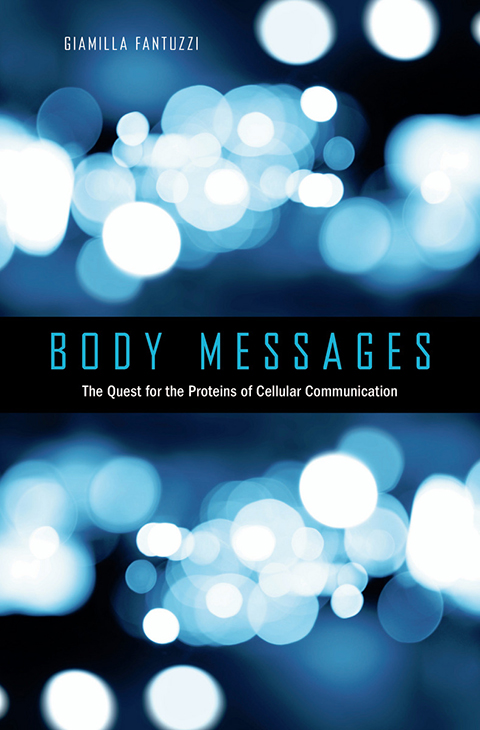Both the messenger and the message
Friday, February 10, 2017

“If I have seen further, it is by standing on the shoulders of giants,” Isaac Newton said in 1676.
In her new book, “Body Messages” (Harvard University Press, 2016), Giamila Fantuzzi pays tribute to 20 modern giants in her own field of biomedical research.
“Body Messages” focuses on their quests to identify the molecular mediators that transmit information between cells, playing an important role in health and disease.
“So many of these molecules have become very important in understanding how the body works,” said Fantuzzi, professor of kinesiology and nutrition. “These are now kind of famous molecules. But the story of how each was discovered has never been told in detail.”
Among the researchers Fantuzzi interviewed are Joost Oppenheim, senior investigator and head of cellular immunology at the National Cancer Institute, and Elizabeta Nemeth, professor of medicine and director of the Center for Iron Disorders at UCLA.
Both survived dangerous conflict in their homelands. Oppenheim, born in the Netherlands, hid from the Nazis as a boy. Nemeth fled Belgrade as the Yugoslav wars destroyed her country.

“It’s important to know the stories of the people behind the discoveries,” Fantuzzi said. “And it’s important to know how research is done — the thinking process, how they became interested in a particular topic, what kind of path they followed.”
A native of Italy, Fantuzzi’s own background includes biology, neuroimmunology, endocrinology and infectious diseases. Her research concerns the molecules involved in the regulation of obesity and inflammation, particularly in diseases like acute pancreatitis.
Her cross-disciplinary focus “is not easy to classify, which I like,” she said.
“Body Messages” is written for readers interested in science and its history, Fantuzzi explained. The book opens with a perspective on philosopher Marshall McLuhan, who famously said, “The medium is the message.”
“McLuhan’s concepts apply to these molecules because they are both the medium and the message,” Fantuzzi said. “They are the carriers of information and the information itself.”